Tall veggies against the west side of house?
dancinwaters
14 years ago
Related Stories

HOUZZ TVHouzz TV: How to Make and Plant a Veggie Box
See how to start edibles from seed, then transfer the seedlings to a box on stilts to make harvesting more fun
Full Story
FARM YOUR YARDHow to Build a Raised Bed for Your Veggies and Plants
Whether you’re farming your parking strip or beautifying your backyard, a planting box you make yourself can come in mighty handy
Full Story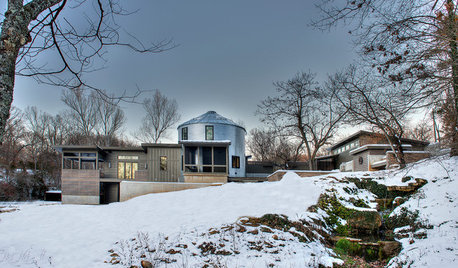
INDUSTRIAL STYLEHouzz Tour: Going Against the Grain in a Missouri Silo
See how a creative couple turned a metal grain bin into a most unusual container for living
Full Story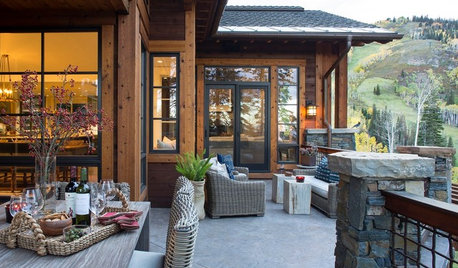
VACATION HOMESHouzz Tour: A Mountain Retreat Goes Against the Grain
A woodsy ski lodge near Park City, Utah, lightens up its mood and color palette
Full Story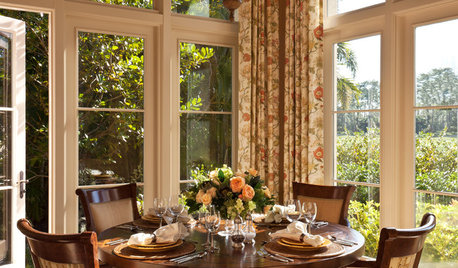
WINDOWSHow to Dress Tall Windows
Get the right mix of light, shade, privacy and style for towering windows by exploring these coverage options
Full Story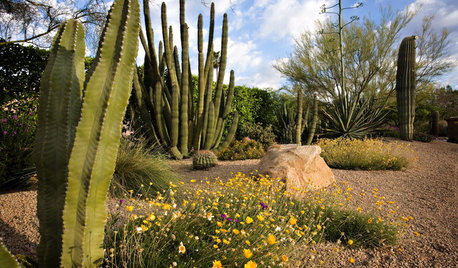
SOUTHWEST GARDENINGTall Cactuses Bring Drama to Southwestern Gardens
See how 5 columnar cactuses add a striking design element to warm-weather gardens, courtyards and entries
Full Story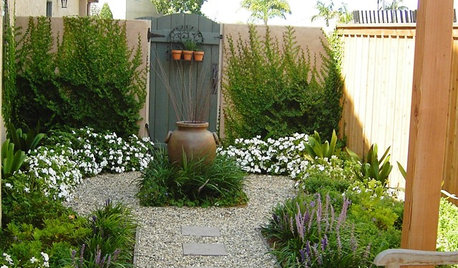
GARDENING GUIDESHow to Turn a Side Yard Into a Glorious Garden Room
With just 8 feet or so, you can turn a plain side yard into a garden that lets you get carried away
Full Story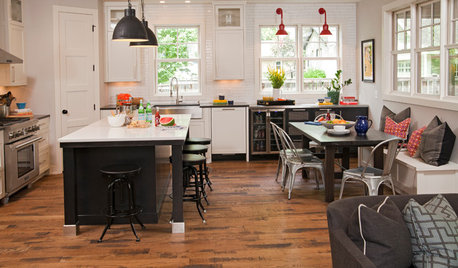
TRANSITIONAL HOMESHouzz Tour: West Coast Casual Meets Midwest Traditional
New and old, crisp and rustic, bright and subtle — this Minneapolis family's home balances contrasting elements beautifully
Full Story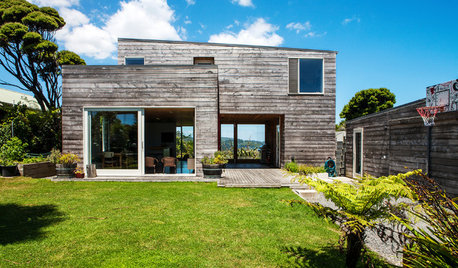
HOMES AROUND THE WORLDHouzz Tour: Big Sky Views on New Zealand’s West Coast
A windswept home is designed to provide a laid-back lifestyle for a young family
Full Story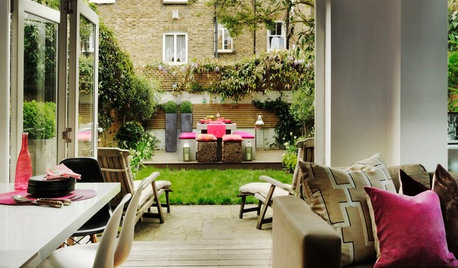
ECLECTIC HOMESHouzz Tour: A West London Home Inspired by Travels
A fresh start, far-flung holidays and a few beautiful heirlooms were the stylistic foundation for this colorful, creatively decorated home
Full StorySponsored



Okiedawn OK Zone 7
okiefamily
Related Discussions
what to grow on west side of house?
Q
Shade plants for west side of house
Q
Deciduous tree to shade hot afternoon west side of house
Q
Anyone in Whidbey (Coupeville or West Beach) problems growing veggies?
Q
soonergrandmom
laspasturas
dancinwatersOriginal Author
Okiedawn OK Zone 7
laspasturas
Okiedawn OK Zone 7
laspasturas
dannigirls_garden
Okiedawn OK Zone 7